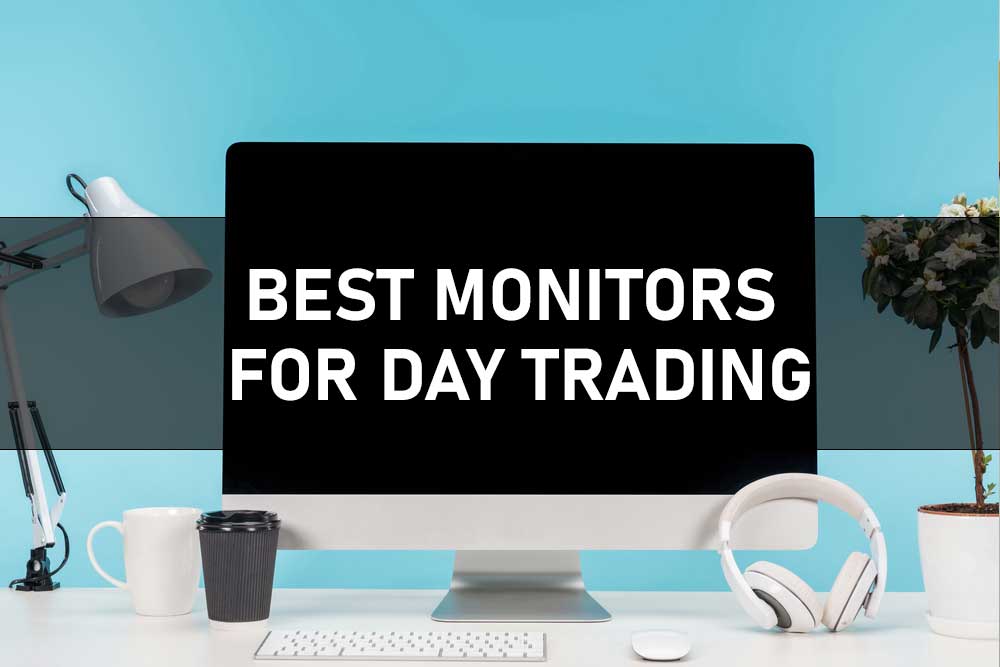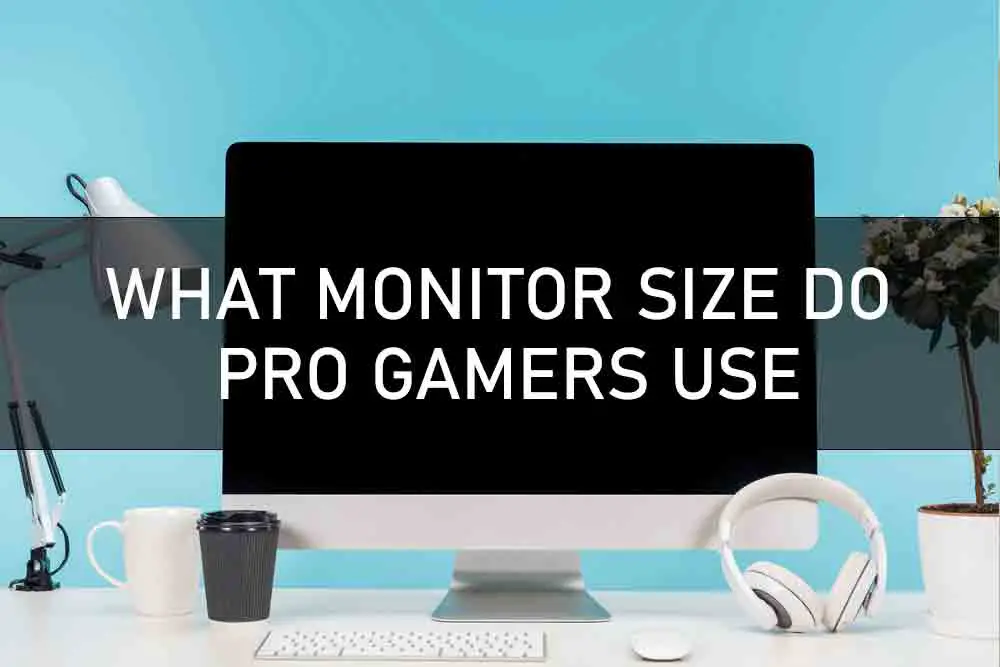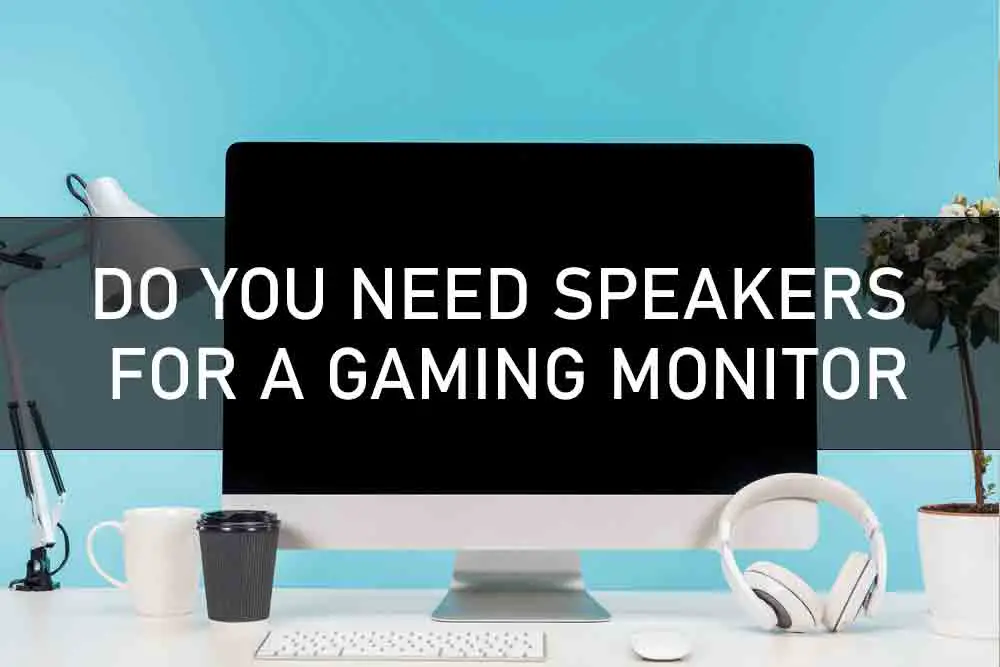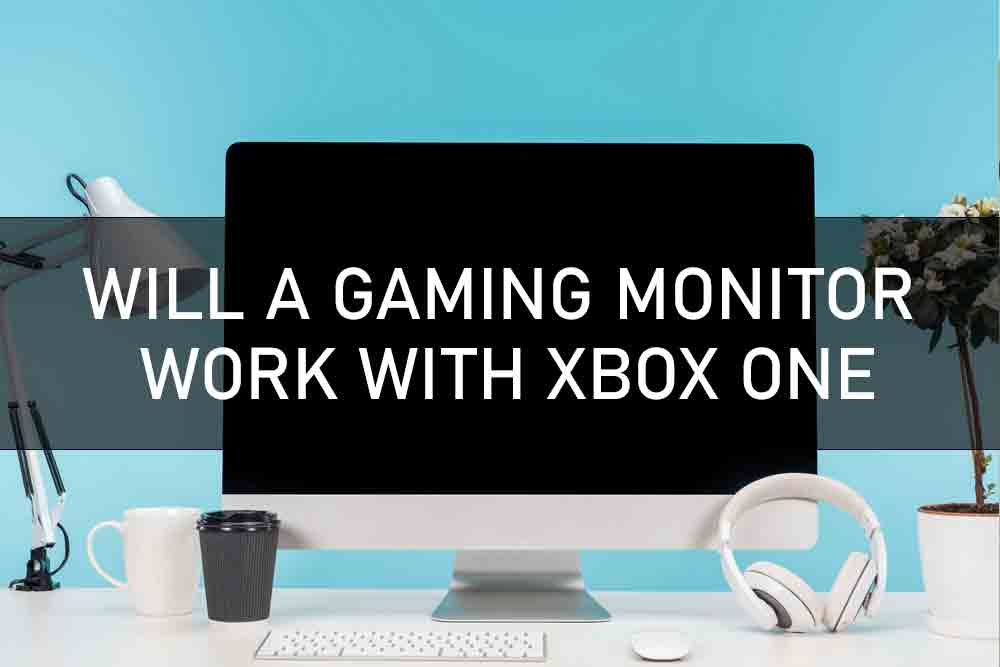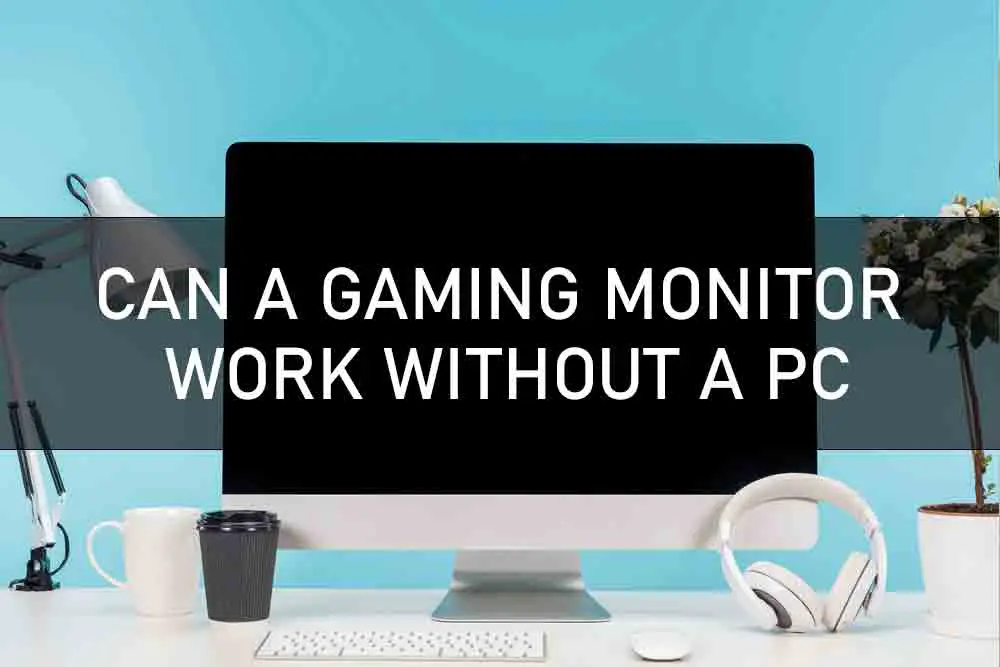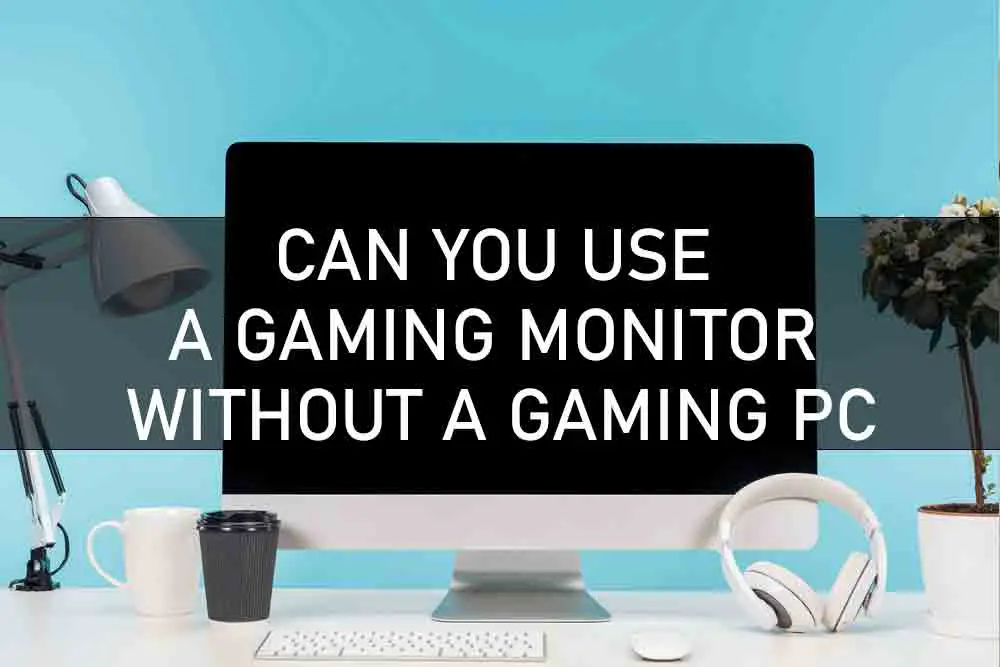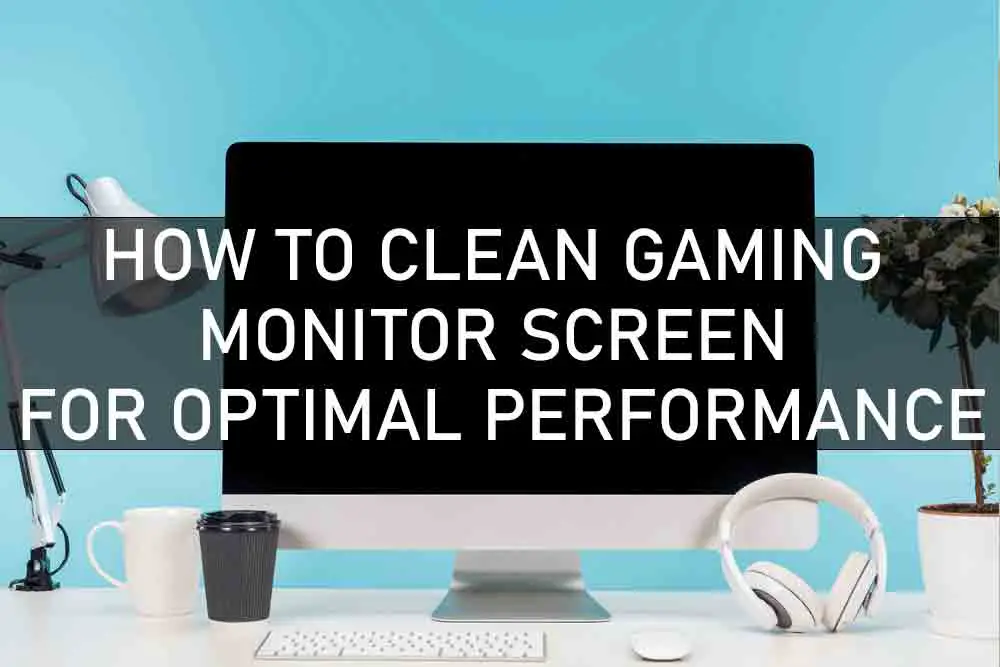Day trading requires a lot of focus and patience, so it’s important to have all your tools in order. That includes the perfect quality monitor that will keep up with the quick movements and trade execution. Make sure you find one that has a high refresh rate, low latency, and low response time-you’ll thank yourself later when you’re not smashing your keyboard because something ambiguous was happening on screen!
A day trader needs a quality high-resolution monitor which can display information very quickly. It is necessary for these displays to have a fast response time so they do not blur or flicker while executing trades. Day traders also need trading monitors with an excellent refresh rate so they can see changes quickly without waiting for the updates to show up on their screens. A good choice would be an LED monitor because these screens provide bright colors and sharp images that are easy to see when trading.
A day trader is not limited to just one computer with a display attached, so it is important for the displays to be large enough so everyone can view them in detail. It is crucial for all traders involved in the process of placing trades on the day trading desk to see the displays without any potential distortion. A high resolution is also important because it allows all traders on the desk to view the information clearly; they do not need to squint or make odd eye movements in order to read data that has been enlarged incorrectly.
A day trader must consider whether he needs a display with speakers attached. The dimensions of the display are also important because they will determine where on the desk it can be placed. The weight of the display is another factor that needs to be taken into consideration before purchasing, as it will impact how sturdy the desk must be in order to accommodate that specific monitor.
Best Monitors for Day Trading in 2022
Best Trading Monitor Overall
Best for the Money
Best Less Blue Light
How Do I Choose A Trading Monitor Trading In 2022?
If you are looking to select a monitor there are many factors that need to be considered including price, features, resolution, size, and connectivity options. With so many choices available in the market it’s important, you review all the options available and find the one that best suits your needs.
Display size:
Generally, monitors with 24-inch to 27-inch sizes are preferred for day traders. The large screen has more pixels you get in comparison to the smaller screens. So, the more pixels (resolution) you get the more data you can view on one screen at a given time which will help you to trade faster.
Resolution:
Most monitors today provide 1080p (1920 x 1080) as it’s by far one of the most common resolutions for day traders and is well supported across all platforms. The next resolution above this is 1440p (2560 x 1440) which provides even more screen space for real estate but does not appear as sharp as the 1080p.
Connectivity options:
Many monitors today come with great connectivity options that include HDMI, DVI, VGA, and Display Port. The most common connectors are HDMI and DVI which provide 1080p screen resolution. The latest in technology is the Display Port connector which is quickly becoming the de facto standard across all platforms for day traders.
Additional features:
Monitors today come with additional features such as built-in speakers, USB hubs, dual or quad monitor support, HDMI input that enables you to connect your laptop or mobile device for easy data viewing. It’s important that if you are selecting a monitor for day trading you carefully review the features and select the one that suits your needs.
Contrast ratio:
There are no standards for measuring contrast ratio however it’s important to have a high dynamic range. The higher the better as it provides richer looking blacks which will help you see details more clearly.
Refresh rate:
Monitors today come with different refresh rates that include 60Hz, 120-144Hz, and 240Hz. The faster the refresh rates the better as it will benefit traders requiring fast action.
Response time:
The lower the better as it’s an indication of how well a monitor handles motion blur. A low response time will provide smoother-looking images with faster action which is important for day traders that require fast trades into and out of positions.
Viewing angles:
It’s a common myth that a wider viewing angle provides greater color accuracy, brightness, and contrast. The truth is that the optimal angle is generally considered to be around 178 degrees (which is far beyond what would be required for day trading).
Ergonomic:
This is a very important consideration as you don’t want to select a monitor that has poor ergonomics and causes physical strain on your body over the long term. It’s important to select a monitor with flexible positioning, height adjustability, pivot adjustability, and swivel adjustment which will help reduce eye fatigue and back pain from sitting in the same position for long periods. It’s also important to select a monitor that has height-adjustable swivel stands which will allow you to place it in the most comfortable viewing angle for your desk.
Design:
The overall design of the monitor is another important consideration as you want to select a monitor that fits into your office environment and also has a sleek look. You can select from many different monitor designs such as stylish space-saving solutions with clean contemporary lines to bold and dynamic eye-catching additions to your office environment.
Eye Protection Technology:
Today’s monitors come equipped with features such as Flicker-Free technology and blue light reduction. These technologies help to reduce eye strain and fatigue by helping to minimize flickering of the screen which can cause headaches and eyestrain over time.
VESA:
This is an important consideration as you don’t want a monitor with non-standard mounting holes that require special adapters and more expensive stands. Most monitors today come with VESA mount support which enables you to use third-party monitor stands and wall mounts.
Why Do Traders Need Multiple Monitors?
Traders typically need multiple monitors for several reasons:
- To increase productivity by increasing the workspace, allowing data to be easily accessible.
- Reduce eye strain and fatigue by eliminating constant scrolling and switching between windows.
- Increase comfort by removing neck strain associated with frequent screen viewing motion.
- Increase profitability and reduce stress by improving the “mind to market” connection.
- Improve trading returns with faster access to market data and less time wasted on looking for trades.
- Eliminate distraction from other traders, phone calls, or visitors while you are trading.
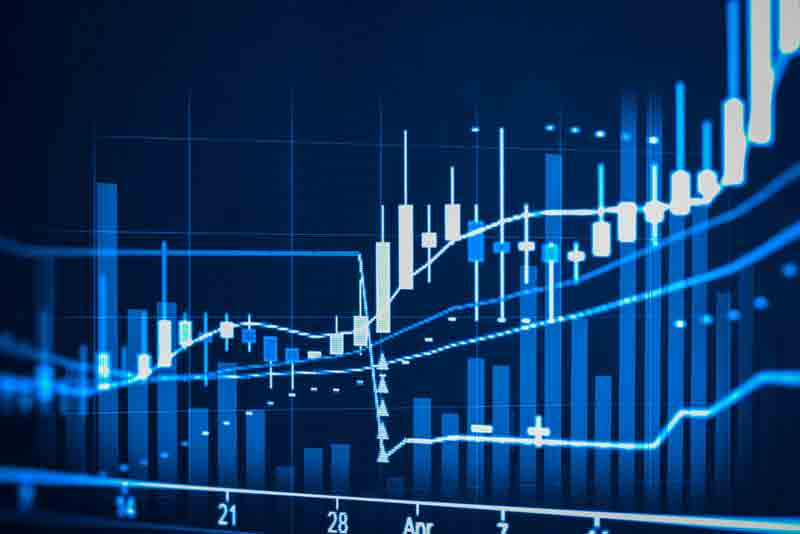
How To Set Up Monitor Traders?
Traders typically need to position their monitor 6-8 inches away from their face which will require an adjustable monitor stand. Traders also benefit by tilting the monitor angle slightly downward to reduce glare and reflection. For example, if your desk is 30 inches high you should adjust your stand so that it brings the screen down -/+ 5 inches to achieve this ergonomically-correct position.
What to Avoid?
Avoid selecting a monitor because it provides high resolution and many pixels. Although, more pixels are better when you sit close to the screen they can actually make things look smaller and harder to see which is very important when you are trading.
Avoid selecting a monitor that is too large or has a screen size of more than 27 inches. Although larger screens look great in the showroom, they can hurt your trading performance and bottom line.
It’s important to avoid selecting a monitor that has excessive motion blur especially when you are performing rapid market scans and doing heavy data analysis using statistical and/or fundamental numbers.
Does Refresh Rate Matter For Day Trading?
A high refresh rate is not a consideration for day traders as they typically stare at one screen. Traders who make multiple trades in a minute may benefit from monitors with higher refresh rates but this is typically not the case.
What to Look For In A Professional Day-Trading Monitor?
Select a monitor that has an aspect ratio of 16:9 which is the best ratio for trading. Traders should select monitors that have at least a 1920 x 1080 resolution or higher. Traders with 20″ or 24″ monitors should consider upgrading to 27″ screens as they provide much more real-estate and productivity benefits than smaller screens.
Select a monitor with height-adjustable, swivel stands, and a 90-degree pivot feature. These features enable you to adjust the monitor position to reduce eye strain when viewing for longer periods of time.
After selecting a monitor that meets these requirements traders should look for monitors with low response times to eliminate motion blur during fast market action. Traders may further increase performance by selecting a monitor with multiple inputs such as VGA, DVI, and HDMI ports for simultaneous use of multiple PCs.
Select a monitor that has built-in speakers to eliminate the need for additional hardware.
Why it’s important to have the right monitor.
A monitor should be chosen for its compatibility with the computer, and the computer should be compatible with the trading software. If necessary, check to make sure any external monitors can function in tandem with all parts of the system before purchasing them.
It’s important to have multiple displays on a day trading desk so there is never a delay when executing trades or seeing market movements. If a trader is unable to see the price fluctuation on his screen, he will miss opportunities to take advantage of quick changes in prices. The more displays there are, the faster traders will be able to react and buy or sell securities before any other traders have experienced that same information.
Having multiple monitors attached to one computer will increase the speed of the trading desk and allow the traders to execute faster. It will also decrease stress when executing trades because they can see all their desired information in one place without switching between screens or taking their eyes away from the current market price.
There are many different types of monitors that can be used by day traders, so it is important to find the type that suits individual needs and will keep up with the quick changes on a day trading desk. Make sure you choose an LED monitor because it has sharp colors and displays information quickly. If possible, inquire about getting one with speakers attached so everyone can hear market trends without being distracted by background noise.
Check to see what additional features are offered on the monitor and if they are compatible with all parts of the trading system. A trader should also choose a high resolution to make sure everyone can see the displays without squinting or making odd eye movements. It is crucial for all traders involved in day trading to be able to view each display clearly, as missing market trends could lead to a decrease in profits.
The weight of the monitor should also be taken into consideration before purchasing it because it will impact how sturdy the desk must be to hold that specific monitor. In order for a day trader to make as much profit as possible, he needs a quick-reacting and large display with speakers attached so all traders on the desk can see market changes as soon as they happen.
Overall, the most important factor to consider when choosing the best monitor for trading is how compatible it is with all parts of the system and whether there are any additional features that will enable traders to see market changes quickly and without distraction. A high resolution and quick response time will also help immediately display information to other traders on the desk.
The monitor should be compatible with the computer and all trading software, any additional features must be checked to make sure they are compatible with other parts of the trading system, and it is important for traders to choose a display that has a high refresh rate and low latency.
How high refresh rates can help with your focus and concentration when trading stocks on the market.
The high refresh rate will give you more confidence when making trades for your clients. When you have a high refresh rate, you can be assured that what’s being displayed on the monitor in front of you is accurate and up to date in real-time. This means there is no delay in displaying information related to any stocks or securities that are being traded out there in the market.
A high refresh rate will also help your concentration and focus when you are trading stocks at work for your clients. You won’t have to worry if anything was displayed or not when you moved on to other trades because with a high refresh rate there is no delay when displaying information. When you’re making trades for your clients, you’ll feel more confident knowing that what is being displayed on the monitor in front of you is accurate and up to date.
Make sure your trading software is compatible with the display before purchasing it for your trading desks. You also want to make sure that any added features are compatible with other parts of the trading system. After you purchase the monitor, pay attention to the latency and how fast it updates. You need a display with low latency so you can have more confidence in your trading decisions and know that what’s being displayed is accurate and up to date.
A high refresh rate will help your focus and concentration when trading stocks on the market for clients, as well as give you more confidence knowing that what is being displayed on the monitor in front of you is accurate and up to date.
The importance of low latency and response time in order to execute trades quickly without any lag or delays that could cost you money!
In addition to a high refresh rate, you should also make sure your monitor has a low latency and response time. Lower latency means that the reaction time of the display in front of you is much faster than other displays in the market.
Having a fast reaction time will help you when trading stocks in many ways because it will allow you to execute trades much quicker when the need for orders arises.
For example, when you’re in a live situation and an order needs to be executed immediately, if your monitor’s latency and response time are high, then there will be a delay in updating and it may cause you to take too long to execute that trade. Because of the delay in updating, you might be placing that trade too late and not get the best price.
In trading, a higher latency could cause the trader to execute an order at a bad time, causing them to lose money on that trade. In this case, it is very important for traders to have a monitor with low latency so they can make their trades quickly without any lag or delays.
When a trader executes a trade quickly without lag or delay, they will not only get the best price, but they’ll have more confidence in their trading decisions. That is one of the main reasons why it is important for day traders to have monitors with low latency and response times-to execute trades faster and make good decisions
What makes these monitors so great is how they’re designed specifically for traders-they’ve got all the features needed at an affordable price point!
A great feature to have if you’re going to be trading stocks for clients is a split-screen function. That way, you can view multiple quotes and charts at once on the same monitor.
Some of these displays to consider come with pre-set display modes that allow you to customize your screen to fit what you need for different kinds of stock trading. The more expensive displays come with touch screens that are user-friendly for traders, whether you’re looking at quotes on the day’s biggest movers or checking over last-minute reports before making a large trade.
Some of these best monitors for day traders even have an anti-glare monitor to keep your focus on the task at hand and get rid of any unnecessary distractions that could affect your trading.
If you’re looking for the best monitors for day traders to equip your office with, then these displays are definitely worth checking out! Just make sure they’re compatible with your current trading software and hardware, and any added features will need to be checked out in order not to cause issues
Some of the best monitors for day traders have a very high resolution so you can see all the fine details in everything from price charts to quotes. This is key when it comes to trading because you want to be able to know that every little movement happening on your screen is accurate and up-to-date before making a trade decision.
Which Type Of Monitor Is Best For Trading?
Since you’ll need to pay attention to your screen in order to make successful trades, it is definitely important that you have a monitor that is easy on the eyes. This means choosing one with low blue light filters and a flicker-free monitor so you can rest assured knowing that your eyes won’t be hurting after staring at your screen for long periods of time.
Some of the best monitors for day traders have a special technology that can reduce any light reflecting on your monitor, keeping your focus on the screen in front of you and off anything else around it.
In order not to get too distracted by anything going on around you when trading, this specialized anti-glare technology will eliminate all reflections on your monitor. That way, you won’t be drawn away from your screen and will know for sure that every movement on it is accurate.
How Many Monitors Do You Need For Day Trading?
This will depend on the number of monitors you feel you need and the space your workplace has. If you have a multi-monitor set up with two or more screens, then be sure to have an anti-glare monitor as well so your focus is not disrupted by anything going on around you.
The best traders are those who don’t let anything interfere with their trading decisions and having a monitor that eliminates all distractions-including reflections from other screens in the room will help you give nothing but your full attention to each trade.
If you’re going to be doing any type of day trading, then it is absolutely necessary to have the best possible tools at your disposal. That includes the best monitor for you and your trading needs.
Make sure not to skimp on quality when it comes to purchasing a monitor for day trading. It’s well worth the investment since it will help ensure that your decisions are sound and kept free from any unnecessary interruptions.
Are Curved Monitor Good Day Trading?
Curved monitor look great in the showroom but they do not provide any additional performance benefits for traders. Traders typically avoid curved monitors as they result in worse performance and ergonomics compared to the flat, non-curved screen.
What About IPS vs LED Quality?
IPS monitors are not beneficial to traders as they typically have poor response times. Traders may consider LED-backlit screens for reduced glare, better off-screen visual effects, and higher contrast ratios. These benefits are typically outweighed by the lower overall performance of IPS screens so it is best to avoid them.
How Many Hz Do You Need For Day Trading?
Most major companies make monitors specifically for trading, so take the time to find one that is built with high-quality components in order to keep up with the fast pace of markets. Make sure you end up choosing a display that has fast refresh rates, low latency, and response times along with a low blue light filter and an anti-glare coating to help you stay focused on the screen.
Having a good monitor for day trading can not only help you have a successful day of trades, but it can also help protect your eyes from fatigue and give you a clear, accurate picture quality at all times of the movements happening on-screen. This is a huge advantage when it comes to being able to trade with confidence every day.
If you’re ready to take your trading career to the next level, then it’s time to invest in a monitor that will help keep your focus on the screen in front of you-not any distractions around you. This is critical for making successful trades and protecting yourself from unnecessary risks.
Why Do Traders Use Vertical Monitors?
Having the best monitor for day trading will keep you at the top of your game and is one of the most important things to remember when it comes to choosing a display. It’s well worth the time and effort in order to be able to trade confidently each day, knowing that your focus is on exactly what needs it: The market in front of you.
The best traders are those who don’t let anything interfere with their trading decisions and having a monitor that eliminates all distractions-including reflections from other screens in the room will help you give nothing but your full attention to each trade.
If you’re going to be doing any type of day trading, then it is absolutely necessary to have the best possible tools at your disposal. That includes the best monitor for you and your trading needs.
Make sure not to skimp on quality when it comes to purchasing a monitor for day trading. It’s well worth the investment since it will help ensure that your decisions are sound and kept free from any unnecessary interruptions.
Is 4K Monitor Good For Trading?
Most major companies make monitors specifically for trading, so take the time to find one that is built with high-quality components in order to keep up with the fast pace of markets. Make sure you end up choosing a display that has fast refresh rates, low latency, and response times along with low blue light technology and an anti-glare coating to help you stay focused on the screen.

